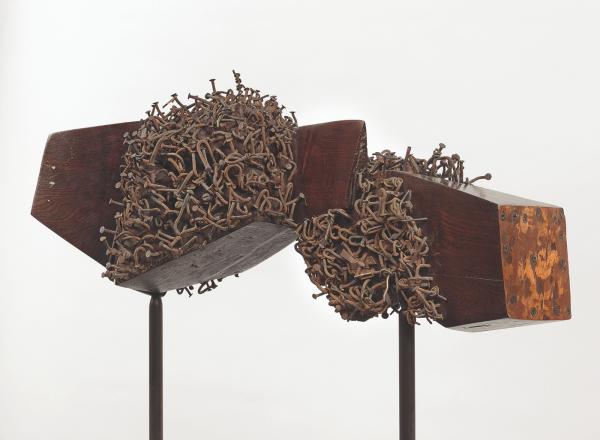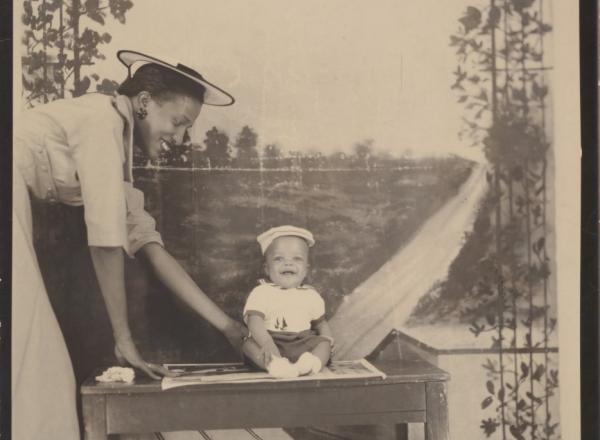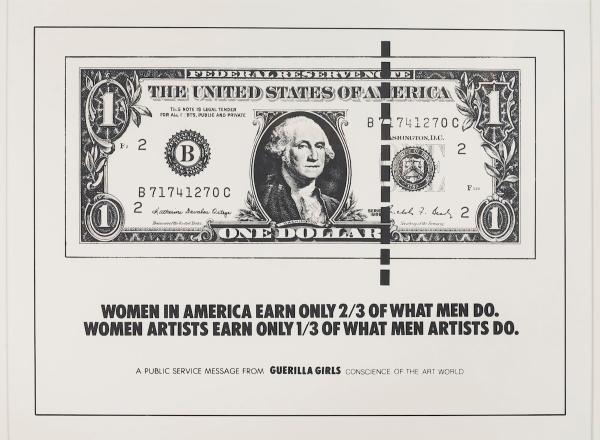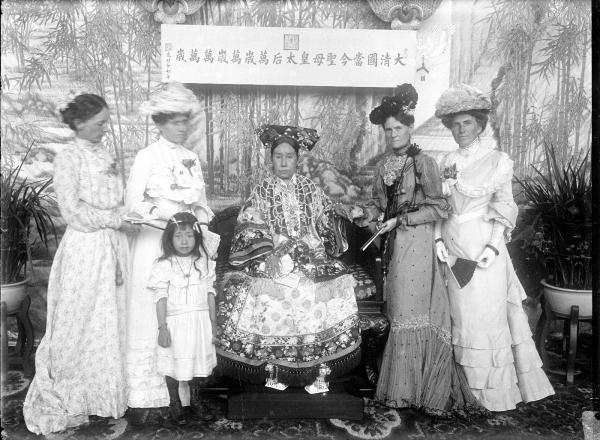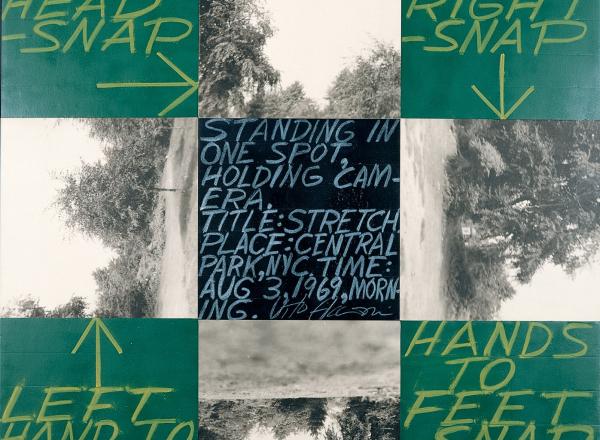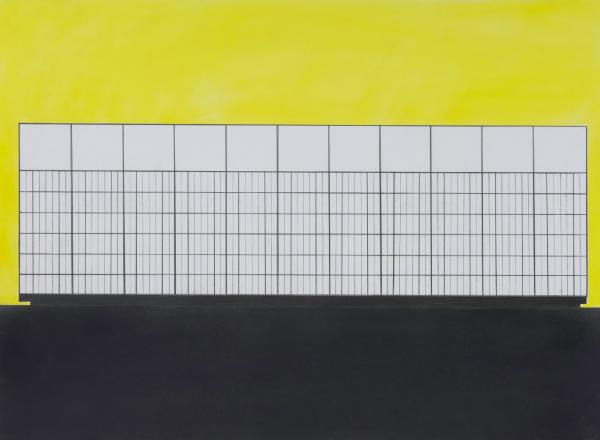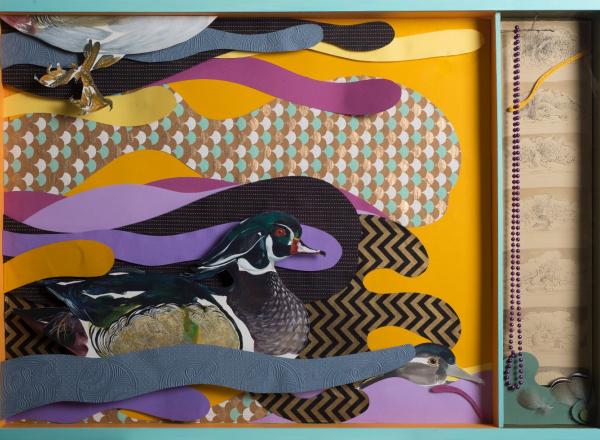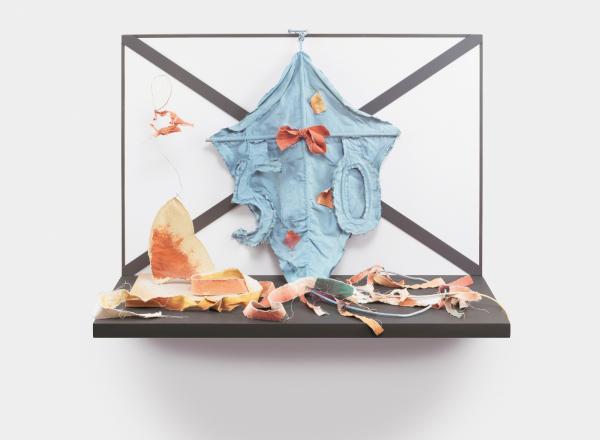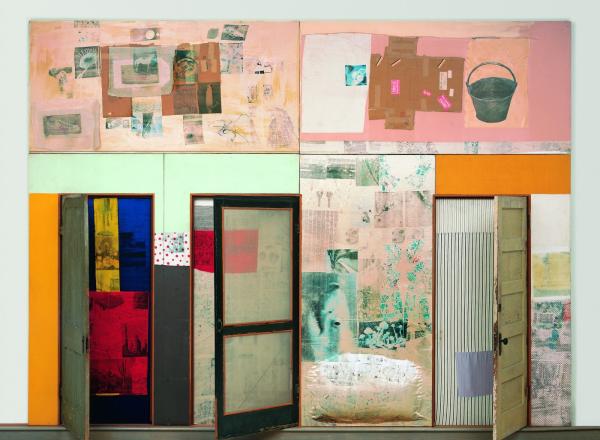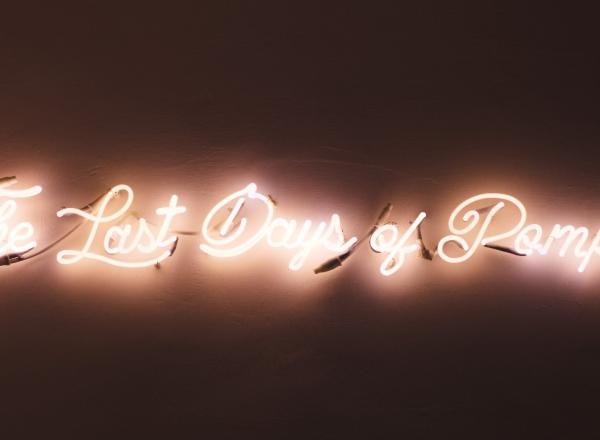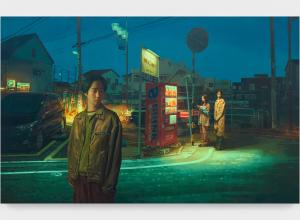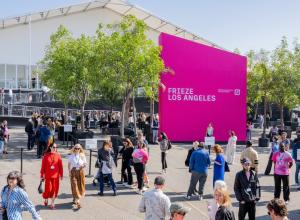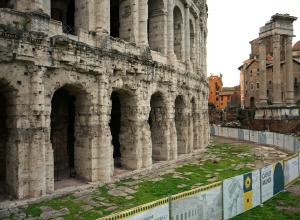An extensive exhibition at the Met Breuer, "Odyssey: Jack Whitten Sculpture 1963–2017" introduces viewers to the acclaimed painter’s previously unknown sculpture. A groundbreaking innovator in abstract painting, Whitten also created striking sculpture, utilizing wood, nails, fish bones, and other materials.
Art News
Vernacular photographs are the lifeblood of affirmative self (re)presentation. For African-Americans, whose relationship with photography has always been complicated—stemming from, among other things, the difficulty with which photographic technology registers melanated skin (see Shirley cards)—portraits are not only personal, but political. Until October 8, the exhibition, African American Portraits: Photographs from the 1940s and 1950s will be on view at The Met Fifth Avenue.
Inspired by a 1989 Guerrilla Girls poster stating, “You’re seeing less than half the picture without the vision of women artists and artists of color,” a new exhibition at the Brooklyn Museum helps viewers get woke. It examines major works, new acquisitions, and rediscoveries in the Museum’s collection through an intersectional feminist lens. Half the Picture: A Feminist Look at the Collection highlights over fifty artists who use their art to advocate for race, gender, and class equality.
Currently at the Peabody Essex Museum (PEM), Empresses of China’s Forbidden City is the first ever international exhibition to explore female power and influence during China’s last dynasty.
The ecofeminist visions of artist Ana Mendieta and writer Rebecca Solnit guide this exhibition of works concerned with how the body relates to the earth. Drawn primarily from the Museum of Contemporary Art Chicago’s (MCA) permanent collection, a body measured against the earth shows how Land Art and the reclamation of and interest in the body found in Feminist Art intersect and converse.
Now at the Portland Art Museum, APEX: Avantika Bawa features new work by the Portland-based artist. The APEX series celebrates Northwest-based artists and is curated by Grace Kook-Anderson, the Arlene and Harold Schnitzer Curator of Northwest Art. Bawa is known for her architecturally inspired modernist abstractions. Fascinated by Portland's Veterans Memorial Coliseum, she has created an ongoing series of drawings, prints, and large panel paintings illustrating the Coliseum’s grids, lines, colors, and mass.
Two hundred years after Audubon traveled across America, tracking native bird species for his magnum opus, The Birds of America (1827–39), Italian artist Hitnes has retraced Audubon's steps, creating an updated documentation of the birds Audubon painted. His homage to Audubon, The Image Hunter: On the Trail of John James Audubon, is now on display at the Halsey Institute of Contemporary Art in Charleston.
The 89-year-old Claes Oldenburg has created a series of sculptures that look like maquettes, comprised in part of familiar works from his oeuvre. "Shelf Life" is a clever play on words from an artist looking back on a rich and full career, reviewing his body of work and seeing what sticks.
Now at the Los Angeles County Museum of Art (LACMA), In and About LA showcases the late Robert Rauschenberg’s photographic exploration of Los Angeles. A pioneering American artist whose groundbreaking work anticipated the Pop Art movement, Rauschenberg worked in a wide range of subjects, styles, materials, and techniques, utilizing photography, printmaking, papermaking, and performance. In 1950, he began making "Combines," which bridged photography, found objects and painting, blurring the line between painting and sculpture, merging kitsch and fine art.
Now at the MIT List Visual Arts Center, The Last Days of Pompeii, an installation by multidisciplinary artist Delia Gonzalez, creates a multimedia environment, using intricate drawings, neon sculpture, architecture and music. Gonzalez's multi-layered work is informed by many sources, including history, surrealism, mythology, and mystical traditions. The Last Days of Pompeii uses the dramatic destruction of that ancient Roman city to allude to cycles of destruction and renewal, and current issues of ecological, economic, or political disaster.




